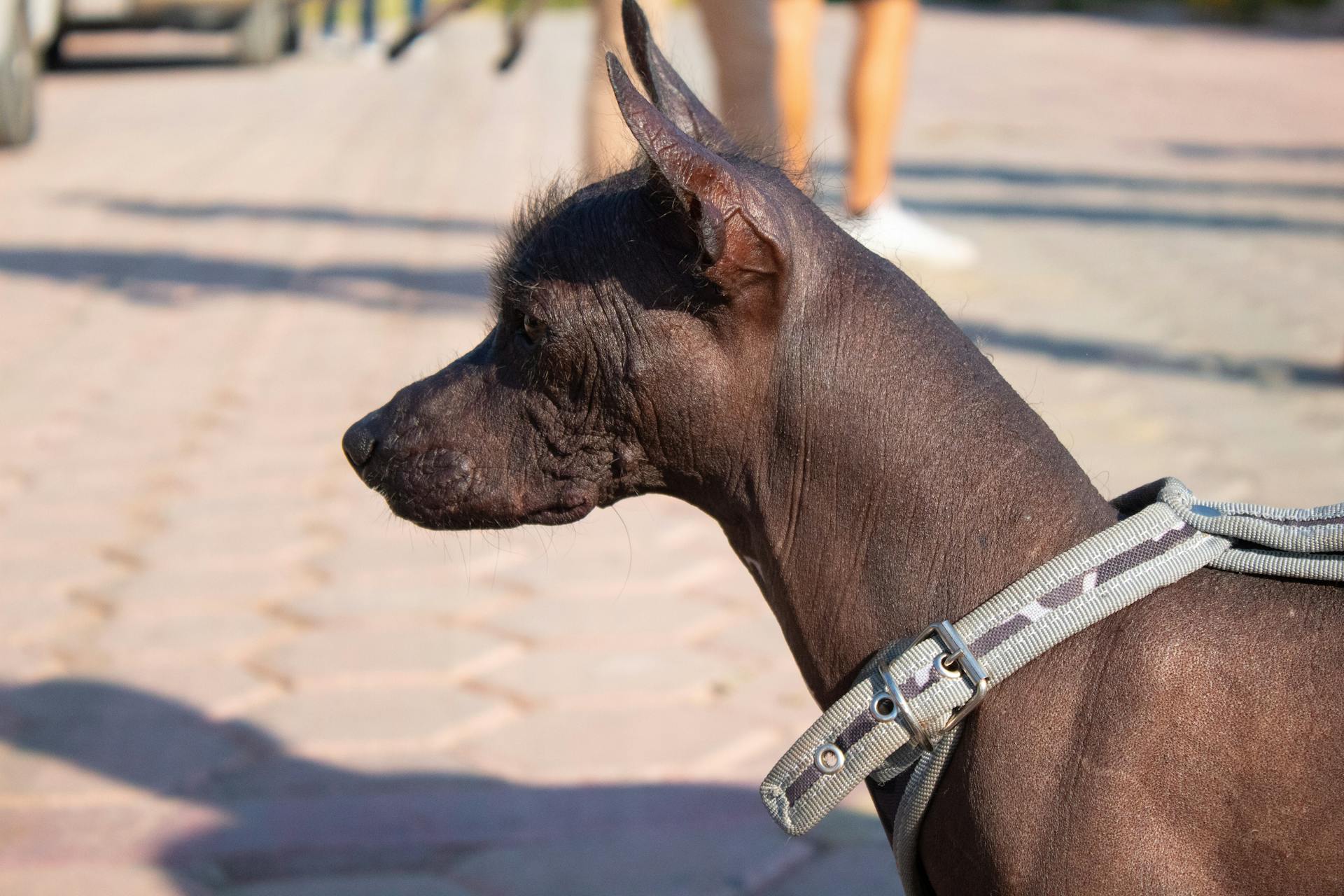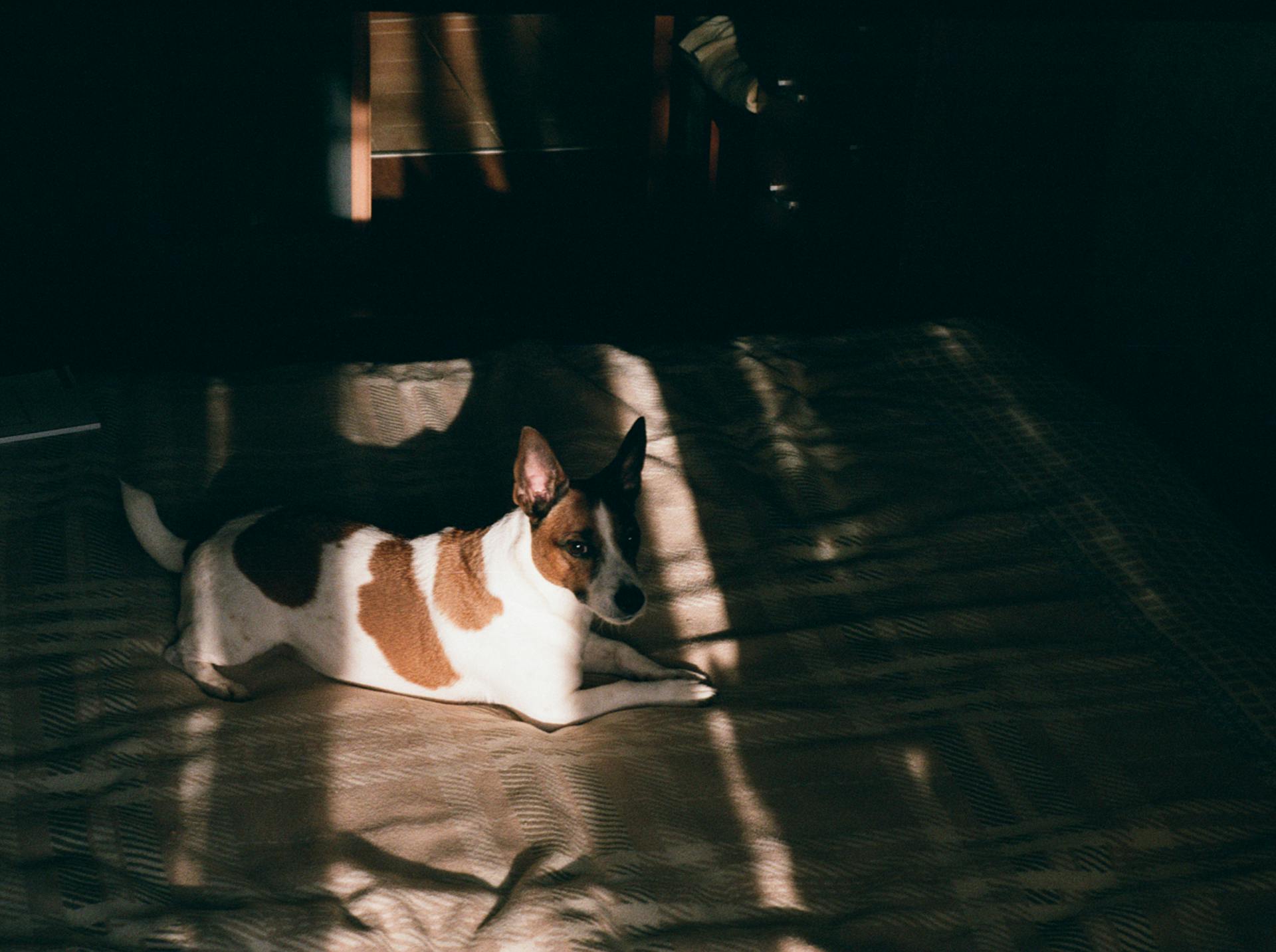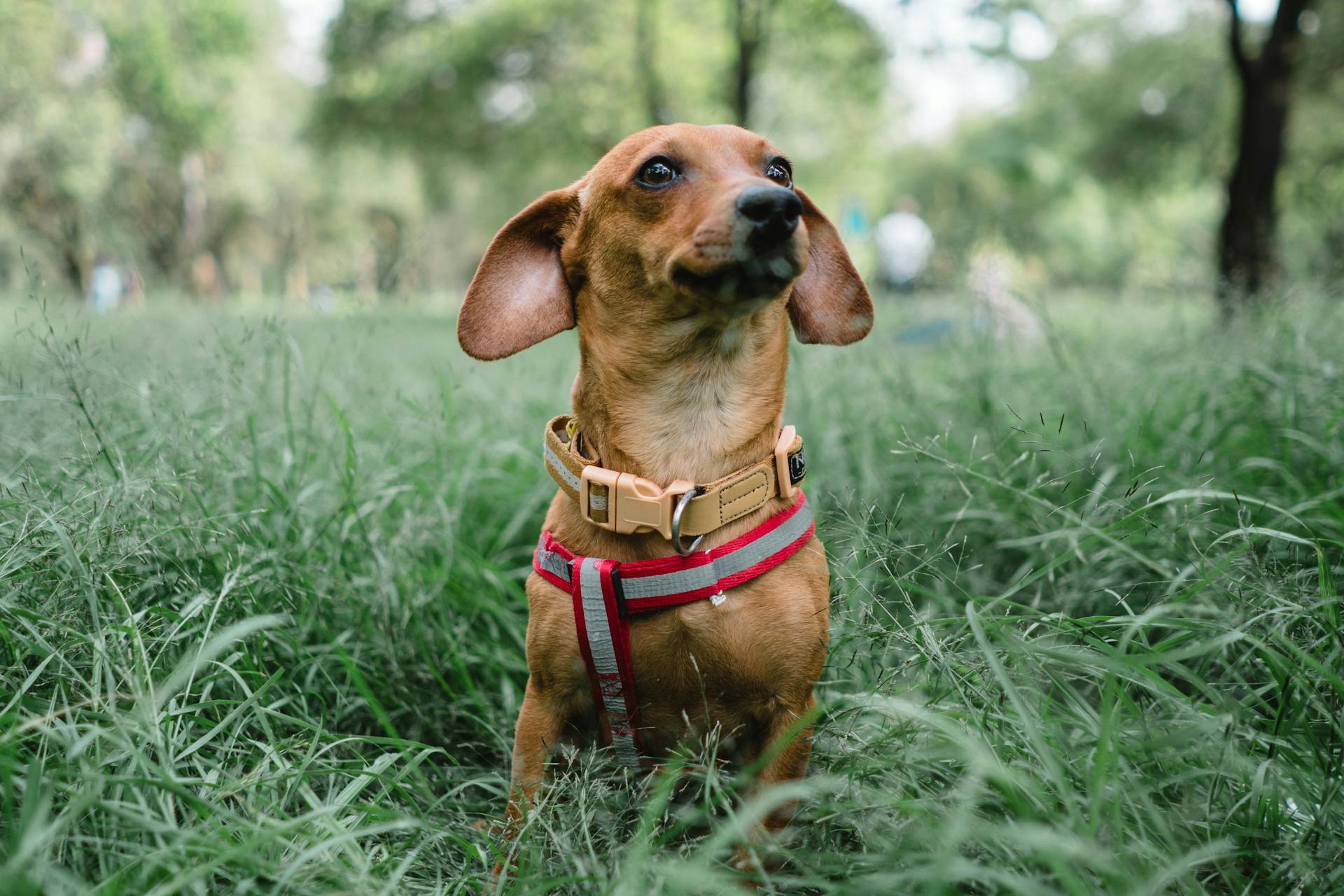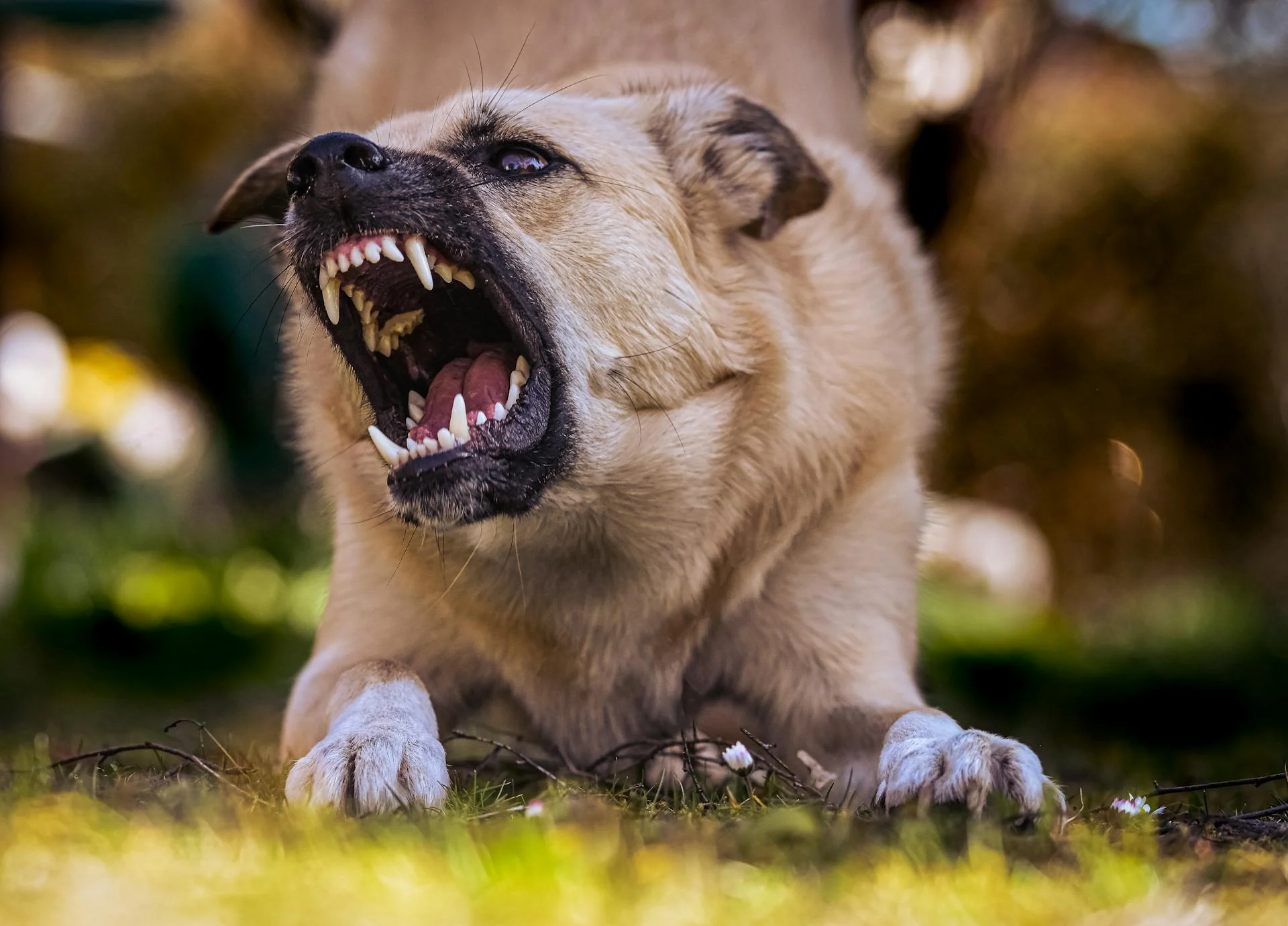
Dog food aggression with other dogs can be a real challenge for many pet owners. According to research, up to 70% of dogs exhibit resource guarding behavior, including food aggression, towards other dogs.
Preventing food aggression in the first place is key. This can be achieved by introducing your dog to their food in a calm and relaxed environment, allowing them to associate their food with positive experiences.
Socialization is also crucial in preventing food aggression. Exposing your dog to various environments, people, and other animals at a young age can help them become confident and calm in the presence of other dogs.
Feeding your dog in a quiet and distraction-free area can also help minimize the likelihood of food aggression.
What Is Dog Food Aggression?
Dog food aggression is a serious issue that can lead to fights between dogs. It's a form of resource guarding where a dog becomes defensive when confronted with others during a meal and resorts to threats to force others away.
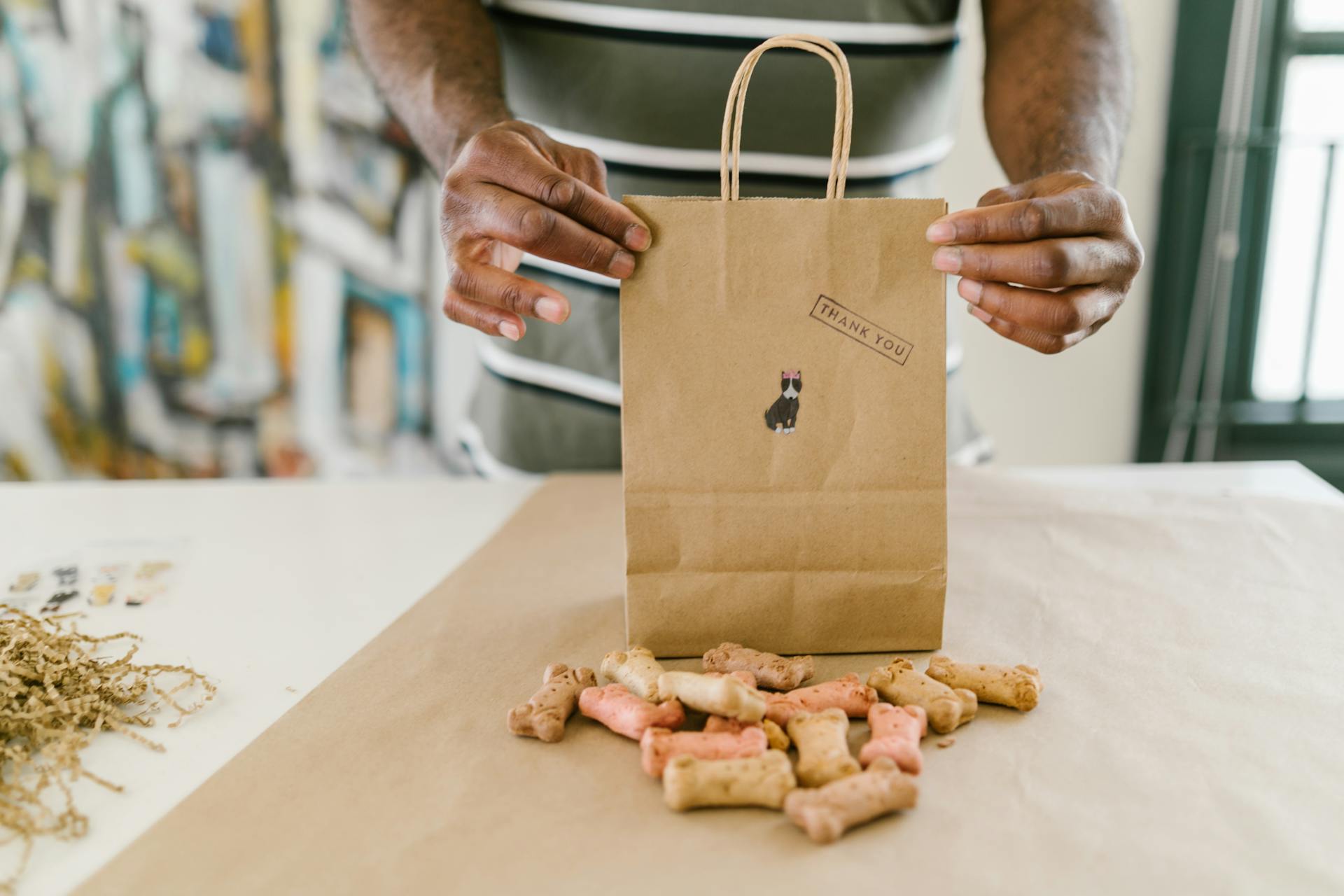
In a dog pack, after a successful hunt, the alpha dogs always eat first, with the other dogs eating the leftovers according to their position in the pack. This inherited pack behavior contributes to food aggression in dogs.
Food aggression can be directed toward other humans, animals, or both, and is not just limited to feeding times but treats as well. It's a normal behavior for dogs to guard their resources, but it becomes a problem and a safety issue when it intensifies to biting and dog fights.
There are three levels of food aggression to watch out for: Mild, Moderate, and Severe. A dog with mild food aggression may growl and bare its teeth, while a dog with moderate food aggression may snap or lunge when approached.
Here are the three levels of food aggression:
Some people may assume that all cases of food aggression result from a show of dominance, but that's not necessarily true. Food aggression stems from a combination of inherited pack behavior and fear or anxiety in dogs of lower status in the pack.
Recognizing and Managing Aggression
Dogs displaying food aggression might show behaviors such as growling, stiffening their body, showing their teeth, lunging, and snapping.
These behaviors can be signs that a dog is feeling anxious or dominant around food, and it's essential to address this issue to prevent conflicts with other dogs.
Dogs that have experienced trauma or resource guarding in the past may be more likely to display aggressive behavior around food.
To recognize and manage aggression, look out for body language changes and changes in demeanor, such as growling, stiffening, showing teeth, lunging, and snapping.
A table of common signs of food aggression:
By recognizing these signs and understanding the root causes of food aggression, you can take steps to manage and prevent conflicts with other dogs.
Recognizing Aggression
Dogs displaying food aggression often exhibit body language and changes in demeanor. A dog showing resource guarding behavior might growl, stiffen their body, or show their teeth.
These behaviors can escalate to lunging or snapping when another dog or person gets close to them while food is present.
Some common signs of food aggression include:
- Growling
- Stiffening their body
- Showing their teeth
- Lunging
- Snapping
These signs can appear when food is in their bowl, on the floor, or even in the form of treats or bones.
Managing Aggression
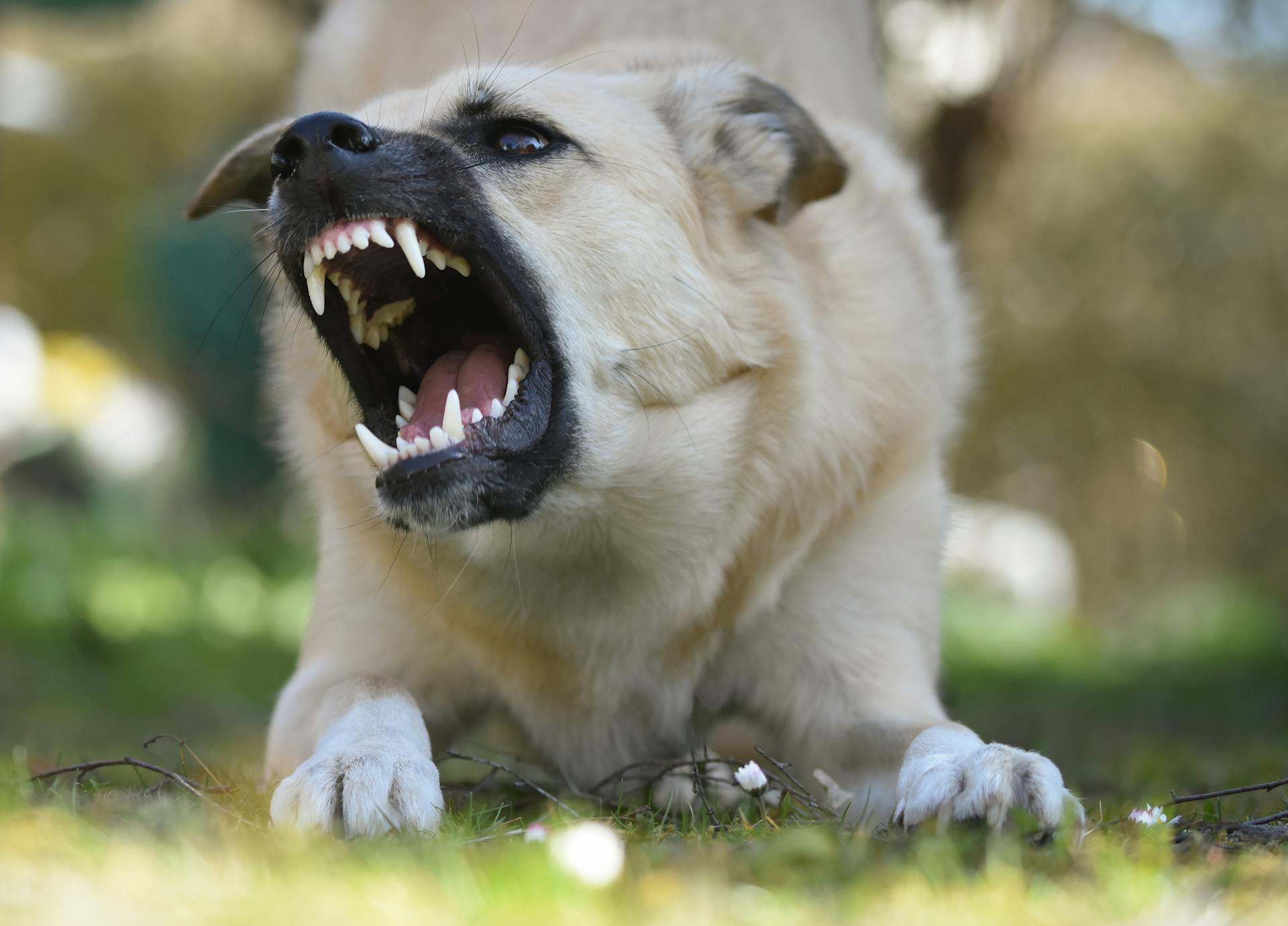
Managing Aggression is a crucial step in addressing food aggression in dogs. A dog displaying behaviors of food aggression might look like growling, stiffening their body, showing their teeth, lunging, or snapping.
To manage aggression, it's essential to understand that dogs who resource guard food can even bite when another dog or person gets close to them while food is present. This could be food in their bowl, kibble dropped on the floor, a bone or rawhide, or dog treats.
Feeding multiple dogs in separate rooms can help eliminate the issue initially. This is because dogs who display aggression and guarding behavior when food is present feel like their access to food is threatened.
A clear boundary between which food belongs to who can be drawn by keeping each dog's bowl separate. This makes it easier for dogs to let down their guard and enjoy their meal without the need for assertive or aggressive behavior.
Counterconditioning dogs who display food aggression is perfectly possible with consistency and patience. An aggressive dog isn't a bad dog, but rather a dog in need of some redirection and a little more time spent on dog training.
Take a look at this: What Nutrients Do Dogs Need in Homemade Dog Food
Causes of Aggression and Resource Guarding
Dog food aggression with other dogs can be a challenging issue to address, and understanding its causes is key to finding a solution. Food aggression can have a strong genetic component, and if a parent dog has resource guarding problems, it's highly likely their puppies will inherit it.
Resource guarding is a behavior that can be learned during the puppy years, either by chance or in shelter situations where there is competition for food. This is where resource guarding comes in, and dogs who experience trauma are more likely to develop food aggressive behavior.
Dogs who have been strays or spent time in homes where there was food scarcity may also be more likely to display aggressive behavior around food. Whether a dog has ever gone hungry or suffered neglect before doesn't necessarily make them food aggressive or resource guard.
Some common misconceptions about food aggression include thinking that a dog will become food aggressive if they have never wanted for anything in their lives. However, plenty of dogs that have never gone hungry or suffered neglect develop this issue.
A different take: Board Aggressive Dogs
Here are some environmental factors that can trigger food aggression:
- A new pet, person, or child in the house can make a dog more insecure about losing things most important to them.
- A puppy growing up with other dogs who regularly take away their toys or eat their food may become more protective of what's theirs.
- Stress and a lack of exercise can stimulate unwanted behaviors related to anxiety such as food aggression.
- Sometimes underlying health issues like hypothyroidism or cognitive decline in aging dogs can cause behavior changes and increase anxiety.
- A dog that has suffered deprivation, such as spending time in the shelter, may have more motivation to begin guarding their food and other resources.
- Changes in the environment, such as moving house, can trigger anxiety and indirectly cause food aggression.
- Puppies removed from their litters too young tend to show more food aggression.
- Owners often make mistakes that encourage food aggression and resource guarding.
It's essential to understand that behavior such as resource guarding is usually self-rewarding, meaning that if a dog snarls once at somebody near their food bowl, and that person backs away, the dog will continue to exhibit this behavior.
Misconceptions and Prevention
Food aggression in dogs is often misunderstood, but understanding its causes can help prevent it. Resource guarding is a common behavior that can be mistaken for food aggression.
The misconception that food aggression is caused by dominance is a common one, but it's not the truth. Dominance is not a relevant factor in food aggression.
Dogs may guard their food due to resource guarding, which is a behavior that involves protecting valuable resources, including food. This behavior is not unique to dogs and can be seen in other animals as well.
Preventing food aggression in dogs can be achieved by feeding them in a quiet and distraction-free area, and by avoiding feeding them near other dogs or pets. This can help reduce the likelihood of resource guarding.
By understanding the underlying causes of food aggression and taking steps to prevent it, you can help create a safer and more harmonious environment for both your dog and other pets.
Frequently Asked Questions
Can dog food aggression be cured?
Yes, dog food aggression can be cured with the right approach and patience, but it requires a structured program of desensitization and counterconditioning. With a well-designed program and consistent effort, you can help your dog overcome food aggression and develop a healthier relationship with food.
Sources
- https://roguepetscience.com/blogs/dog-training/food-aggression-in-dogs
- https://www.justfoodfordogs.com/blog/how-to-stop-food-aggression-towards-other-dogs.html
- https://fotp.com/learn/dog-training/how-to-stop-food-aggression-in-dogs
- https://www.jezziesplace.com/post/living-with-food-aggression-in-a-multi-dog-household
- https://www.ddfl.org/resources/resource-aggression/
Featured Images: pexels.com
